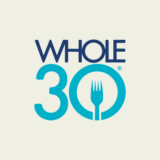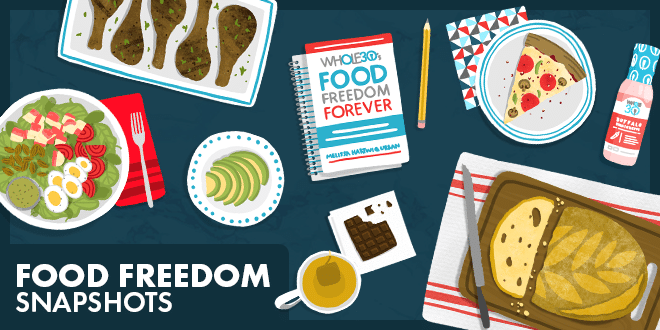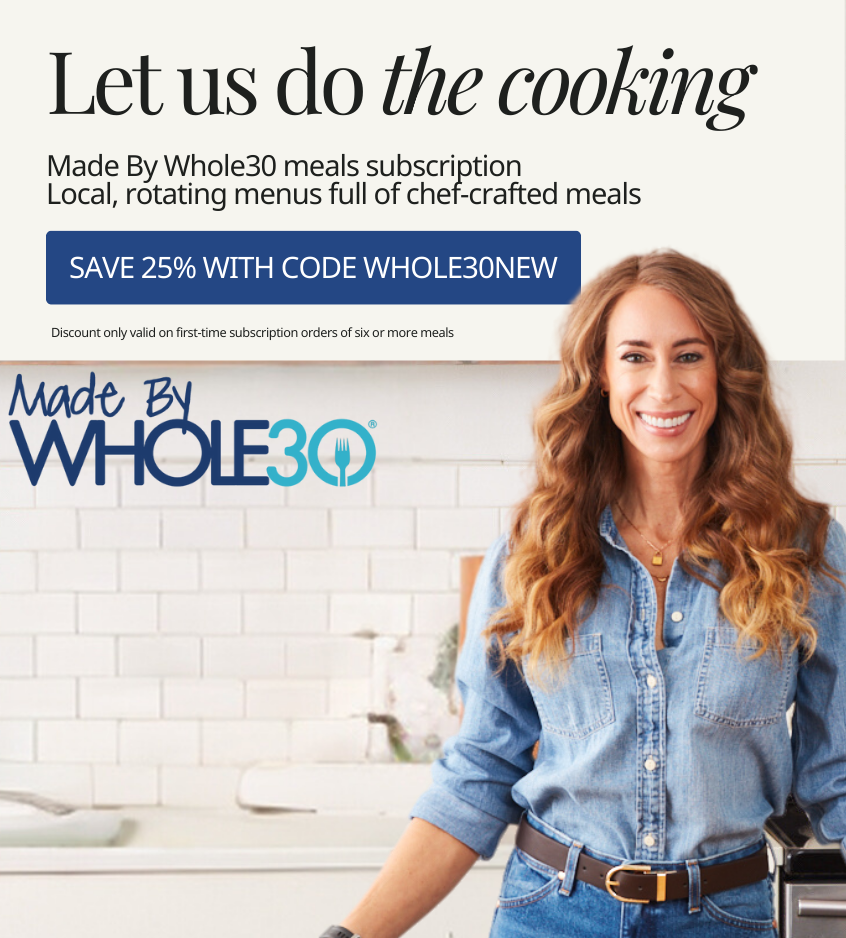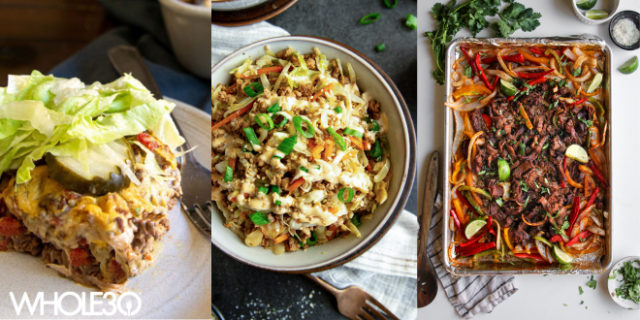We’ve saved the best part of the Whole30 for last: Food Freedom.
The Whole30 consists of the 30 day elimination phase, the reintroduction phase, and Food Freedom.
Wondering what Food Freedom is? Food Freedom is feeling in control of the food that you eat, instead of food controlling you. Wondering what Food Freedom looks like? Experiences of Food Freedom are as diverse as our community. Every Food Freedom journey is different, with different joys and challenges, diverse diets, and a unique sense of empowerment for every individual.
With this series, we want to celebrate Food Freedom by sharing snapshots of what Food Freedom looks and feels like members of our Whole30 HQ team and Certified Whole30 Coach community. We’ll be sharing more snapshots throughout the year so you can see what this looks like for other people as you navigate your own Food Freedom journey. To see past snapshots click here.
Here’s a little background about our contributors:

Floritza Gomez
Floritza Gomez was the Whole30 Coach Innovator of the year in 2019. She is an Afro-Latina Activist, Food Innovator, Blogger and Whole30 Certified Coach based in New York City. She is also the owner and founder of Flor’s Flavor LLC, a brand and community-based business initiative which aims to serve as a guide for shoppers within historically marginalized communities to navigate their nutritional lifestyle experiences. Her life is like a recipe passed down through many generations–always changing, but always delicious.
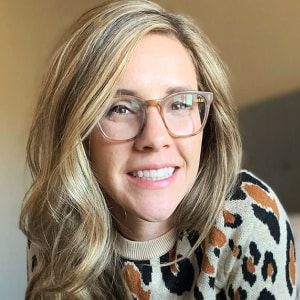
Chelsea Long
Chelsea Long is Whole30’s Content Manager for Branded Content + Special Projects. She lives in San Diego with her husband and three kids. Formerly an English as a Second Language instructor at the University level, Chelsea shifted her interest to holistic health after giving birth to her first son. Her degrees in Communications and Education serve her well as she works with the Whole30 team to support our community and Whole30 Approved partners. Chelsea is passionate about helping others find healing through healthy spirituality, meditation, and nutrition.
When did your Food Freedom Journey start and what main pain points led you to work toward finding it?
Food Freedom for me started after my third Whole30. I understood the program a lot more and centered on the fact that this was something I should only have had to do once. I understood that although I had reaped many benefits from multiple Whole30 resets, I was still very fixated on the structure it provided for me, and swaying away from that structure was a challenge.
I liberated myself by slowly introducing foods that were enjoyable to me, understanding how they affected my body personally, and freely owning and accepting that they were neither good nor bad. I would journal how I physically felt along with thoughts that surfaced whenever I had a “favorite.” I worked on actively talking myself out of any false narrative I would develop surrounding what I had just enjoyed.
My journey started with my first Whole30 in January 2015 at 6 months postpartum with my first child. I’ve always had a fairly uncomplicated relationship with food, although I discovered after college that I feel better physically when avoiding gluten and dairy. Pregnancy and postpartum were the first times that I I felt out of my control with my body, and I struggled with body image issues. Of course, I went into my Whole30 hoping to lose some baby weight. Little did I know that it would start me on a journey that would change my entire life!
What’s been the hardest part of the process for you? Where are you still growing in your Food Freedom?
Coming from diet culture and body image issues, I still struggle with “instant weight gain.” Food was always directly connected to weight gain for me (The mindset of, “Don’t eat this and lose weight, eat this and gain weight.”) Food Freedom goes against all of those myths because it allows me to intuitively eat foods that I enjoy and have full ownership of that experience. Although I am in a much better place, from time to time, I need to remind myself that “instant” weight gain is not a thing and that even if it was, it shouldn’t matter.
I wouldn’t say it’s been hard, per se, but I have been frustrated at times with how long the process takes. So much of adult life is unlearning unhealthy habits, whether mental or physical. We all wish for a quick fix, but I believe that, like so many other aspects of life, figuring out how foods impact me and unwinding my relationship with food will be a lifelong journey for me and that my diet will be ever evolving, just as I am.
What’s been the greatest joy of the Food Freedom process?
The greatest joy for me is the feeling of freedom. I am enjoying moments with my family without self-inflicted pressures.
The greatest joy has been seeing my growth. Earlier in my journey I had a ton of FOMO (fear of missing out) around certain foods, and I couldn’t imagine a day where I would stop wanting those foods completely. Now that I’ve had so much experience with Food Freedom, I have JOMO (joy of missing out!) because I truly don’t desire to eat those foods that will cause me to feel tired or have bloating or give me brain fog.
What does a typical day of eating look like for you?
For me, a typical day is simple. I wake up and eat breakfast because I am my best when I do that. I try to monitor my portions, not because I’m counting calories, but because I am less tired when I eat reasonably.
I don’t eat lunch, because honestly, the day gets away from me, but that also works for my body. I try to drink lots of water because I’ve learned it’s the fuel that keeps me going. It balances my hormones and anxieties, and when it’s time to think of dinner, I allow myself to think of those things that I would enjoy. I always want to include a vegetable in the mix, so I may eat the mac and cheese with a side of steamed broccoli because I’ve learned that balance matters.
I always start my day at 6am with a quiet cup of coffee with full fat coconut milk before my kids wake up. Then I love to eat a hearty breakfast around 7:30am with potatoes, breakfast meat, and topped with a fried egg. I’m a total meal-repeater, and it works so well for me. Throughout my mornings in the winter, I have several cups of herbal tea. On warm days, I opt for ice cold sparkling water or Kite sparkling tea while I work.
For lunch, I typically eat around 12PM. I love to have leftovers from dinner the night before. If I don’t have any, I will make a simple tuna or chicken salad over lettuce with fresh veggies or a lettuce wrap with Whole30 compatible lunch meat.
I really enjoy a glass of kombucha while I’m making dinner. It has completely replaced my pre-dinner wine ritual. Sometimes I treat myself to a mocktail using Ritual Zero Proof whiskey alternative. For dinner, our family eats around 5PM. I typically make Whole30 compatible meals based around meat and veggies but often add on things that work well for me like white rice, cauliflower gnocchi, or a grain-free tortilla.
One thing that brings me so much joy is having a snack after my kids go to bed, around 8PM. Jalapeno Kettle cooked chips are my absolute favorite, along with either chocolate covered acai berries or Trader Joe’s dark chocolate honey mints. I used to judge myself for this little habit, but now I embrace it because, as I tell my kids, some foods we eat just because they make us happy.
What’s your favorite Food Freedom meal?
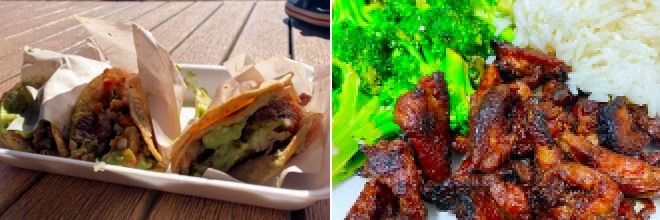
I love boneless spareribs with fried rice. I have made a tradition with friends, and we eat it on Sundays. The difference is, I have now mastered the recipe, but I use NO modifications, and I love it.
There’s a little slice of heaven near Rosarito, Mexico where my family gets to vacation, and I order Carne Asada Quesatacos from a little roadside stand for lunch every day when we’re down there.
What does Food Freedom mean to you?
Food Freedom means I understand that my body is uniquely different. I know what to consume for my body to feel its best, and I know what doesn’t make me feel good. I have complete ownership and authority over when I decide to feel either.
Food Freedom means I find joy in making food choices that help me to feel good in my body and mind along with making food choices that simply make me happy.


